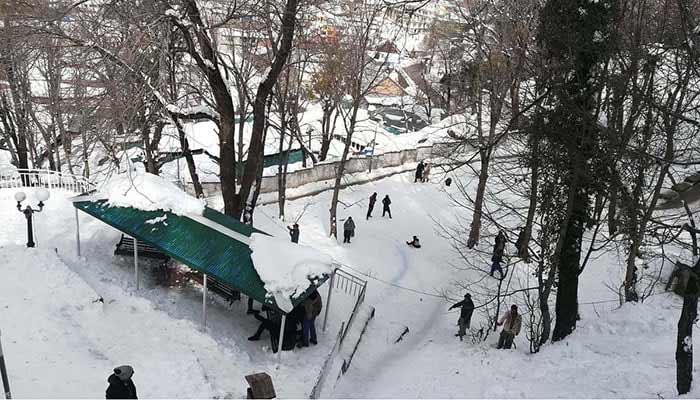PMD Clarifies Winter Weather Outlook
The Pakistan Meteorological Department (PMD) has dismissed widespread claims suggesting that the country is likely to face one of its coldest winters this year. In an official statement, the department clarified that there is no scientific evidence to support such predictions. The PMD emphasized that while the country may experience some cold spells due to western winds, these will not be of unusual or extreme intensity.
According to the PMD’s seasonal outlook, Pakistan is expected to receive less-than-normal rainfall during the winter months, particularly between December and February. The department reiterated that the upcoming season will bring mild winter waves rather than harsh or record-breaking cold weather.
Contradiction with Earlier Predictions
Earlier, the Intersector Coordination Group (ISCG) had issued a report predicting that Pakistan might experience one of its coldest winters in decades, attributing this to the La Niña climate phenomenon. However, the PMD has publicly disagreed with this forecast, stating that no current data or climate models indicate an intensely cold winter.
The PMD’s stance contrasts sharply with the ISCG’s earlier warning, which suggested that the La Niña pattern could result in significantly lower temperatures, particularly in northern regions. The Met Office maintained that its observations are based on consistent monitoring of regional and global weather systems, which currently show no evidence of an unusually severe winter.
Understanding the La Niña Phenomenon
La Niña is a climate event characterized by a drop in sea surface temperatures across the central and eastern Pacific Ocean. This disruption can alter global weather patterns, leading to colder or wetter conditions in some regions and warmer or drier weather in others. While La Niña can influence temperature and rainfall variations, its effects differ depending on geographical factors.
In Pakistan’s case, the PMD explained that while La Niña may bring cooler conditions in certain areas, it does not necessarily indicate an extreme or record-breaking winter nationwide. Instead, the weather is expected to fluctuate within normal seasonal limits.
Forecast for Regional Rainfall and Weather Conditions
In its recent analysis, the United Nations Office for the Coordination of Humanitarian Affairs (UN-OCHA) highlighted that marginally negative phases of both the El Niño Southern Oscillation and the Indian Ocean Dipole are expected to influence Pakistan’s rainfall patterns this season.
According to the report, northern areas including Punjab, Khyber Pakhtunkhwa (KP), Azad Jammu and Kashmir (AJK), and Gilgit Baltistan (GB) may experience below-normal rainfall. Meanwhile, southern regions such as Sindh, Balochistan, and southern Punjab are expected to receive near-normal precipitation levels.
The report also outlined potential impacts, including disruptions to Kharif crop harvesting due to isolated storms, increased risk of dengue outbreaks in stagnant water, higher chances of glacial lake outburst floods in mountainous regions, and reduced river inflows that could affect irrigation systems. Additionally, elevated smog levels and air pollution may persist in the plains due to dry conditions, while livestock health and fodder availability could also be affected by above-normal temperatures.
